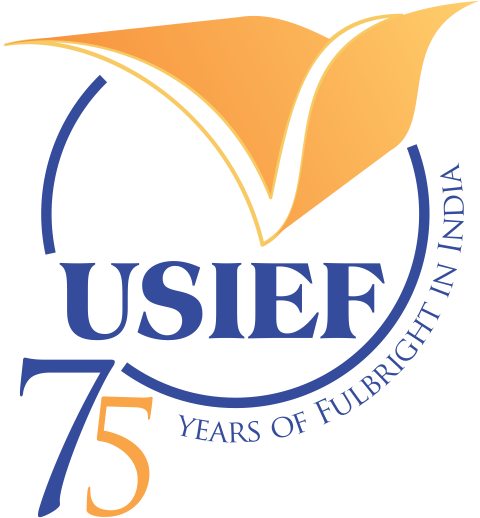Erin Burke is a PhD candidate in the Department of Religious Studies at the University of Virginia.
Erin holds a BS/BA in anthropology and religious studies from the College of Charleston as well as an MA in religious studies from the University of Virginia. Her interests include the intersection of universal and indigenous religious traditions, definitions of secular and religious, and the role of imagination in religious practice and literature. She has been studying Tibetan language in Tibet, Nepal, and the United States for over 15 years. She has also conducted research in Tibet and Nepal on Tibetan literature and practice and is in the process of producing translations of religious and creative Tibetan stories.
In her Fulbright-Hays Fellowship, Erin is exploring the perspectives on the production and interpretation of Tibetan fiction by discussing late 20th-century and contemporary Tibetan short stories with Tibetan writers, publishers, and librarians. Her project is delving into how Tibetan short stories contribute to the modern Tibetan religious imagination. By identifying continuities with literary Buddhist and oral vernacular expressions, this project is shedding light on popular modes of religious thought that have been marginalized in the scholarship on Tibetan Buddhism. Erin is also studying how Tibetan literary narratives written by lay people foreground multivocal religious world views that do not often appear in normative Buddhist texts. In her discussions with Tibetan authors and intellectuals in Dharamshala, India, she is also investigating the ways in which the first popularly accessible literature in Tibetan history contributes to the ongoing development of Tibetan Buddhism.
